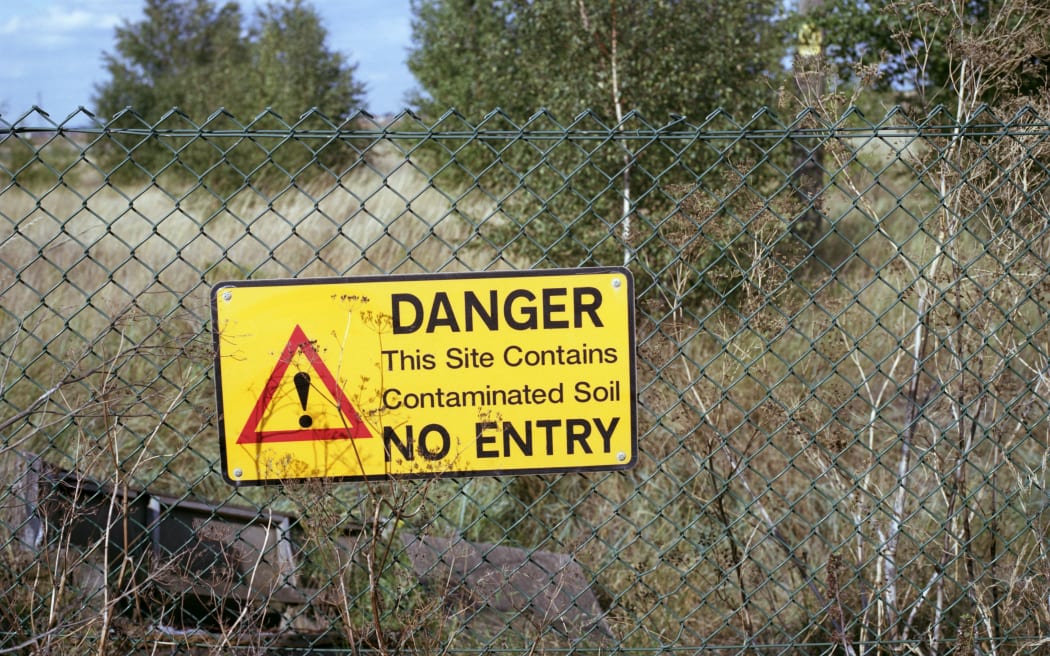Critics are questioning whether a Government pledge to help clean up the country's 10 most toxic sites is enough.

Photo: SCIENCE PHOTO LIBRARY
Local and regional councils usually decide which sites need decontaminating and landowners pay for the work.
But the Ministry for the Environment has now put together a priority list, which it said would ensure funding went to the worst sites.
The clean-up priorities include two mines on the West Coast, a Christchurch school and an old gasworks in Wellington.
The former Miramar Gasworks closed in 1972, but the Ministry for the Environment said it was contaminated with several compounds, many of them carcinogenic.
Residents expressed alarm when they heard the land was toxic.
Godefrida Philipsen, 82, lived in Miramar when the gasworks still operated.
"I didn't even know it was, and I'm a bit worried about that." Ms Philipsen said something should be done to clean up the site.
Part of the former gasworks site now hosts a bar, named Gasworks. One of the punters, Daryl Ross, said he was staggered by the thought of the old site being contaminated.
"We've been living and working and associating and being present on site - and now it's being announced that it's an issue."
Nelson slipway on list
In Nelson, the Calwell Slipway has also made the top 10 list.
The ministry said contamination of the slipway began in 1970, due to inadequate containment and disposal of washwater.
It said it was discussing options with Nelson City Council and Port Nelson. The total clean up cost was estimated at more than $184,000.
But the port's infrastructure manager, Matt McDonald, said the clean up was likely to be far more costly.
"The ministry's commitment to the contaminated sites projects is generally limited to 50 percent and the size of the project - depending on how much is actually remediated - will still run into many millions of dollars. So it's still a big number, even with ministry funding."
Mr McDonald said the contamination resulted from the slipping and repair of boats, such as antifouling compounds such as tributyltin. He said the basin was due for dredging and when that was done, toxicity would be more of a problem.
Steiner School on contaminated soil
The Government has also pledged to put $42,000 towards the clean up of the Rudolf Steiner School in Christchurch, which is built on a former landfill.
Work to remove soil containing lead and arsenic was set to start there next month.
The school's principal, Thomas Proctor, said it might sound alarming, but the contaminated area was cordoned off and students were completely safe.
"We want to have it gone, which we are going to do in the remediation process - taking it away in the next holidays."
Environment Minister Amy Adams said the Government's new ranking system would make sure funding went where it was most needed.
"It is never an exact science, but the reality is when we are trying to ascertain where funding should go and in what order, it's really important that we can identify which sites do present the greatest risk to human health and to ecological outcomes."
On Wednesday she told Radio New Zealand's Checkpoint programme that the Government did not want to scare people.
"Many of the sites they identified as potentially contaminated won't actually be. But certainly where the odd site is found where there are significant historical contaminations, we want to know that when the Government considers those for funding we can do it in a way that makes a lot of sense and we're not getting into arguments about 'this site's more important than that one'."


